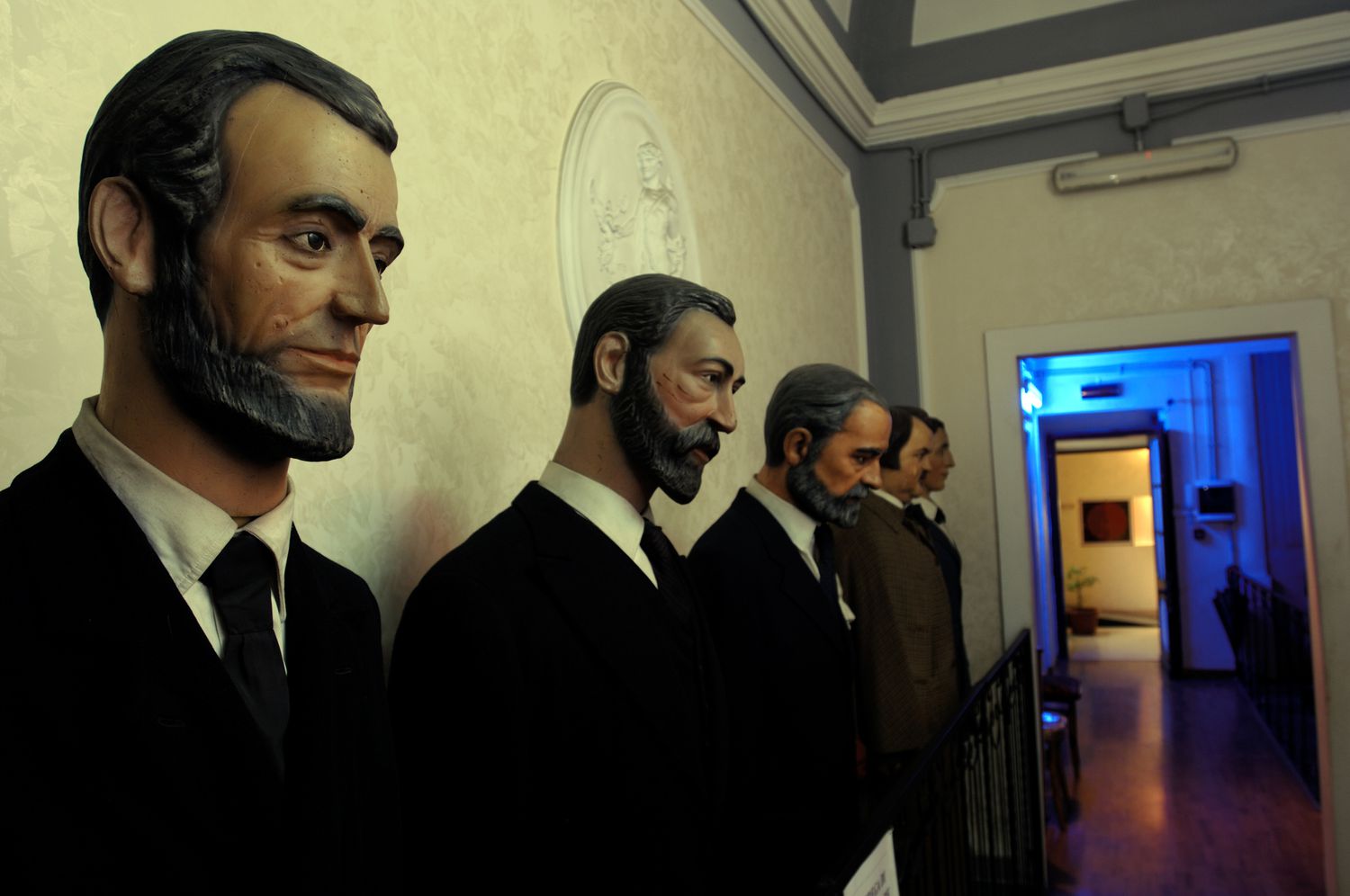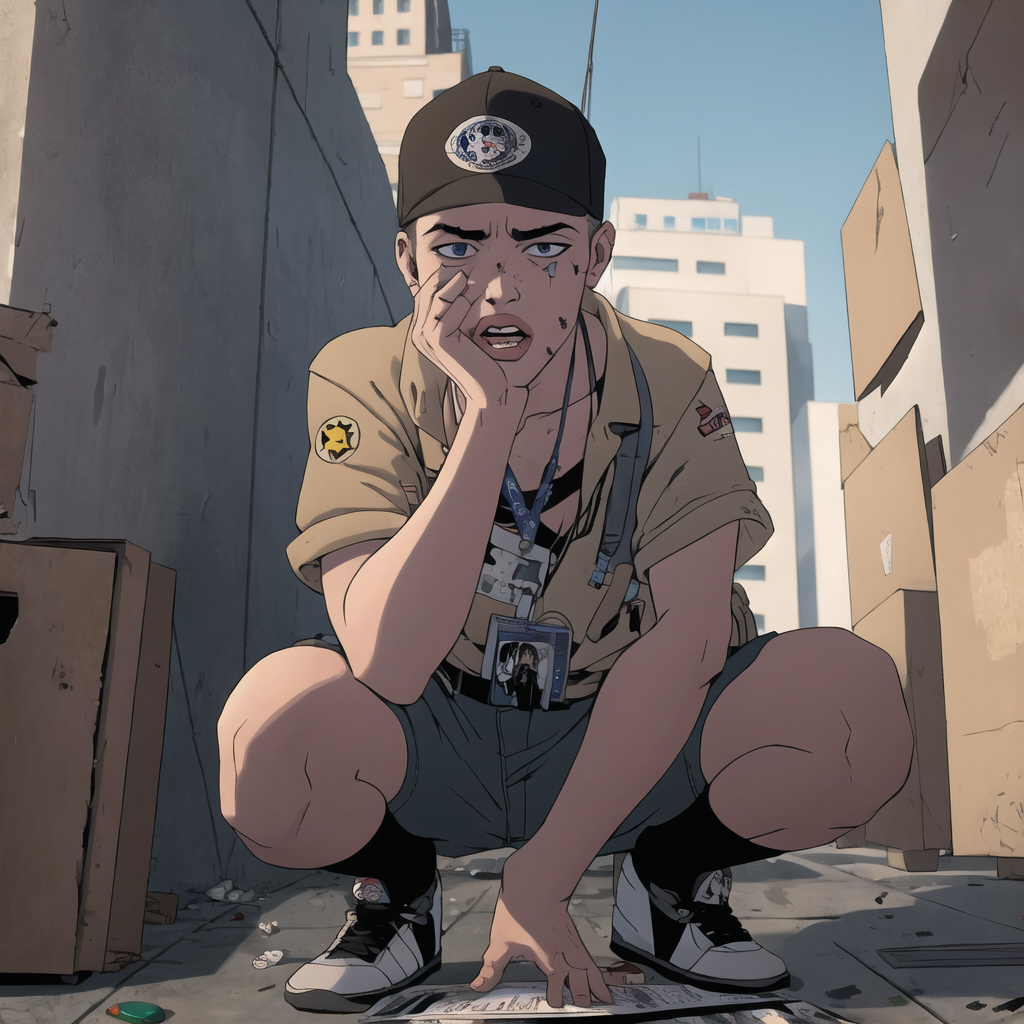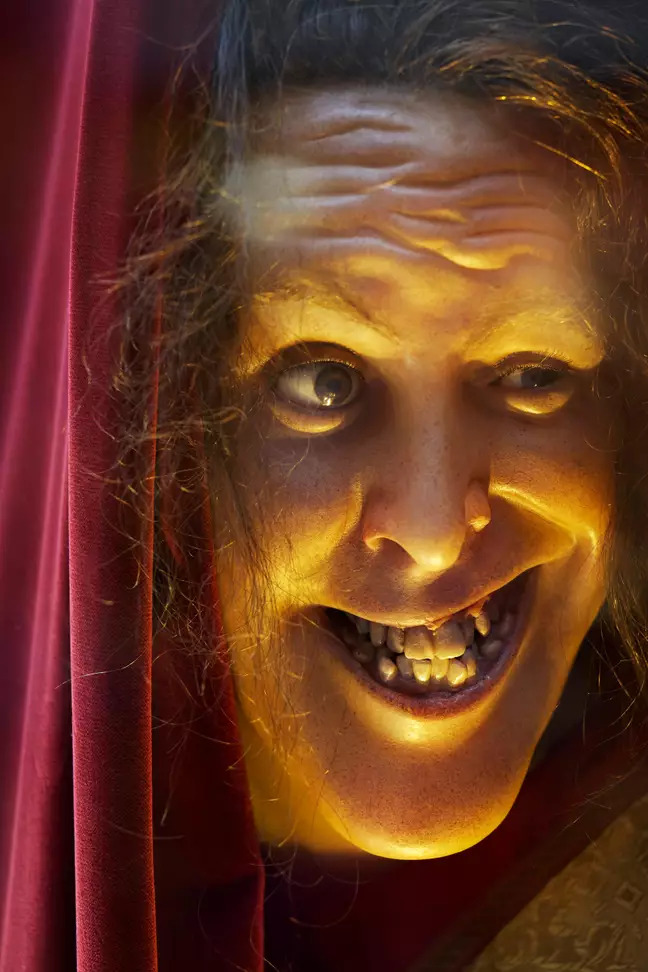Automatonaphobia Test Unleashes New Fears, Viewers Left Terrified
Have you ever wondered if you have automatonaphobia? If the concept is unfamiliar to you, prepare to delve into a world of fear that you may wish you had never discovered. Automatonaphobia test unleashes new fears to people on Tiktok. The phobia refers to "the fear of automatons, wax figures, humanoid robots, audio-animatronics, or other figures designed to represent humans," as defined by experts at VeryWell Mind. Once you start exploring this fear, there's no turning back.
Author:Morgan MaverickReviewer:Raven NoirJul 03, 2023348 Shares87K Views

Have you ever wondered if you have automatonaphobia? If the concept is unfamiliar to you, prepare to delve into a world of fear that you may wish you had never discovered.
Automatonaphobia test unleashes new fearsto people on Tiktok. The phobia refers to "the fear of automatons, wax figures, humanoid robots, audio-animatronics, or other figures designed to represent humans," as defined by experts at VeryWell Mind.
Once you start exploring this fear, there's no turning back.
Automatonaphobia - The Terrifying Fear Of Humanoid Objects
Remember those spooky stories you shared during childhood sleepovers? Now imagine those tales materializing before your eyes. Think of the chilling dollhouse from the Doctor Who episode "Night Terrors" or, for devoted Disney fans, the eerie toy workshop scene in The Great Mouse Detective.
Rather than keeping these terrifying images to themselves, a TikToker named @khanya_setae decided to create an automatonaphobia test by sharing photos of mannequins and dolls.
The response has been nothing short of spine-chilling, with people flooding the post, petrified of the dolls and mannequins. Even those who did not previously experience automatonaphobia are now questioning their fears.
One TikTok user commented, "Now I know I have it."
Another person confessed, "I didn't even watch the whole video."
A third individual expressed, "I CANT LOOK MORE ITS CREPPY."
And someone else concluded, "New fear unlocked."
But how can you be sure if you truly have automatonaphobia, and do all individuals experience it in the same way? VeryWell Mind explains that there is a spectrum, with some people being more afraid of certain human-like objects than others. For example, some may fear dolls more than robots.
The symptoms of automatonaphobia can include shaking, crying, heart palpitations, and other physical effects when confronted with the object of fear. Some individuals may even find themselves unable to enter a display housing automatons, running away, freezing in place, or hiding when unexpectedly encountering such objects.
If your fear of dolls or humanoid robots significantly disrupts your daily life, or if you intentionally avoid any contact with these objects, you may have diagnosable automatonaphobia.
This phobia can develop as a result of personal trauma involving humanoid objects or can be acquired from someone close to you who shares the same fear. It may even be inherited.
Fortunately, you don't have to live with this fear indefinitely. There are various techniques and treatments available to help manage and overcome automatonaphobia. Breathing exercises, visualization, and medication can provide assistance. Therapy options such as cognitive-behavioral therapy, hypnotherapy, and systematic desensitization, which involves gradually facing your fear, are known to be effective.
If you suspect that you have automatonaphobia, it is important to seek professional help. Mental health professionals can guide you through the process of conquering your fear, enabling you to live a fuller life without the constraints imposed by automatonaphobia.
Remember, this test is just the beginning, and fears can be conquered. Take a deep breath, summon your courage, and step into a world where the fear of human-like objects no longer holds power over you.

Morgan Maverick
Author
Morgan Maverick is an unorthodox news reporter driven by an insatiable hunger for the truth. Fearless and unconventional, he uncovers hidden narratives that lie beneath the surface, transforming each news piece into a masterpiece of gritty authenticity. With a dedication that goes beyond the boundaries of conventional journalism, Morgan fearlessly explores the fringes of society, giving voice to the marginalized and shedding light on the darkest corners.
His raw and unfiltered reporting style challenges established norms, capturing the essence of humanity in its rawest form. Morgan Maverick stands as a beacon of truth, fearlessly pushing boundaries and inspiring others to question, dig deeper, and recognize the transformative power of journalism.

Raven Noir
Reviewer
Raven Noir is a captivating and enigmatic news reporter who unravels mysteries with a relentless pursuit of truth. Possessing an insatiable curiosity and an astute mind, Raven delves into the depths of complex stories, unearthing secrets that lie beneath the surface. With a masterful grasp of deduction and observation, Raven stands as a beacon of fearless investigation.
In the realm of journalism, Raven is known for his enigmatic presence, drawing people in with an aura of intrigue. Driven by an unwavering passion for unveiling the truth, Raven Noir continues to shed light on the darkest corners of society. Through captivating storytelling and unwavering determination, he challenges conventions and uncovers enigmatic secrets that lie just beyond the surface.
Latest Articles
Popular Articles
